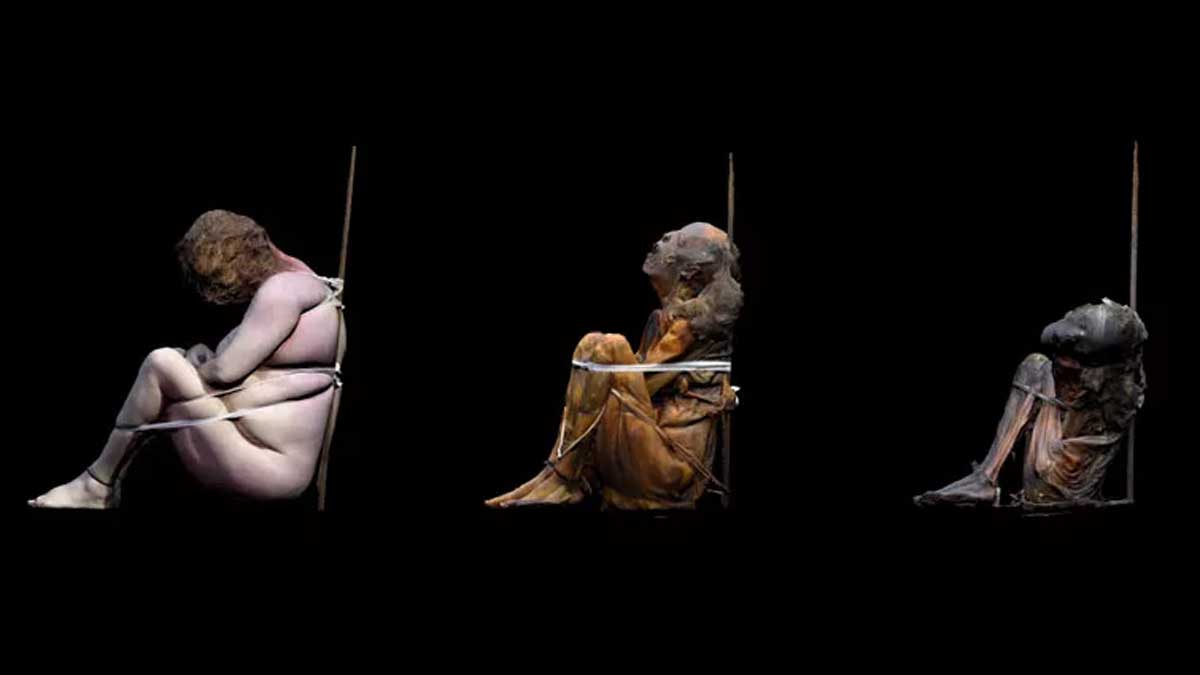For about 60 years, the archaeologist has been photographing several 8,000-year-old skeletons buried in tombs in southern Portugal. Now a new analysis of these hitherto undeveloped images suggests that the oldest human mummies do not come from Egypt or even from Chile, but rather from Europe.
Excavations in the 1960s in the Sado Valley in southern Portugal unearthed more than a dozen ancient bodies.
last century, and at least one of these bodies was mummified, presumably to facilitate its transportation before burial, the researchers said after analyzing the images and visiting the site.
In addition, there are indications that other bodies buried in the same location may have also been mummified, suggesting that the practice may have been widespread in the region at the time.
Sophisticated mummification procedures were used in ancient Egypt over 4,500 years ago, and evidence of mummification has been found elsewhere in Europe starting around 1000 BC. But a recently discovered mummy in Portugal is the oldest ever discovered.
ahead of the previous champions – mummies in the coastal zone of the Chilean Atacama Desert – by about 1000 years.
“Mummification is relatively easy in very dry conditions such as the Atacama Desert, but it is difficult to find evidence of this in Europe, where much wetter conditions mean mummified soft tissue is rarely preserved,” said Rita Peirotheo-Stern, a bioarchaeologist at Uppsala University. in Sweden.
Undeveloped photos
Evidence of mummification comes from several rolls of photographic film found among the belongings of the late Portuguese archaeologist Manuel Farina dos Santos, who died in 2001.
Farina dos Santos worked with human remains excavated in the Sado Valley in the early 1960s. When the researchers in the new study processed the images, they found black-and-white images of 13 Mesolithic or Middle Stone Age burials.
Although some documents and hand-drawn maps of the site are kept at the National Archaeological Museum in Lisbon, these photographs were previously unknown and give archaeologists a unique opportunity to study the burials, says Peyroteo-Stern.
After using photographs to reconstruct burials at both locations, the researchers noticed that the bones in one skeleton were “over-bent” – meaning that the arms and legs had been moved beyond their natural limits, indicating that the body was bound already torn apart by the current. time by the bonds that were tightened after the death of the individual.
In addition, they noted that the bones of the skeleton were still articulated or attached to the site after burial – especially the very small bones of the legs, which usually completely disintegrate when the body decomposes.
These signs indicate that the body was mummified after death; the personality was probably deliberately dried out and then gradually reduced by tightening the bonds, explains Rita Peyroteo-Stern.

